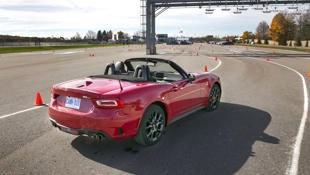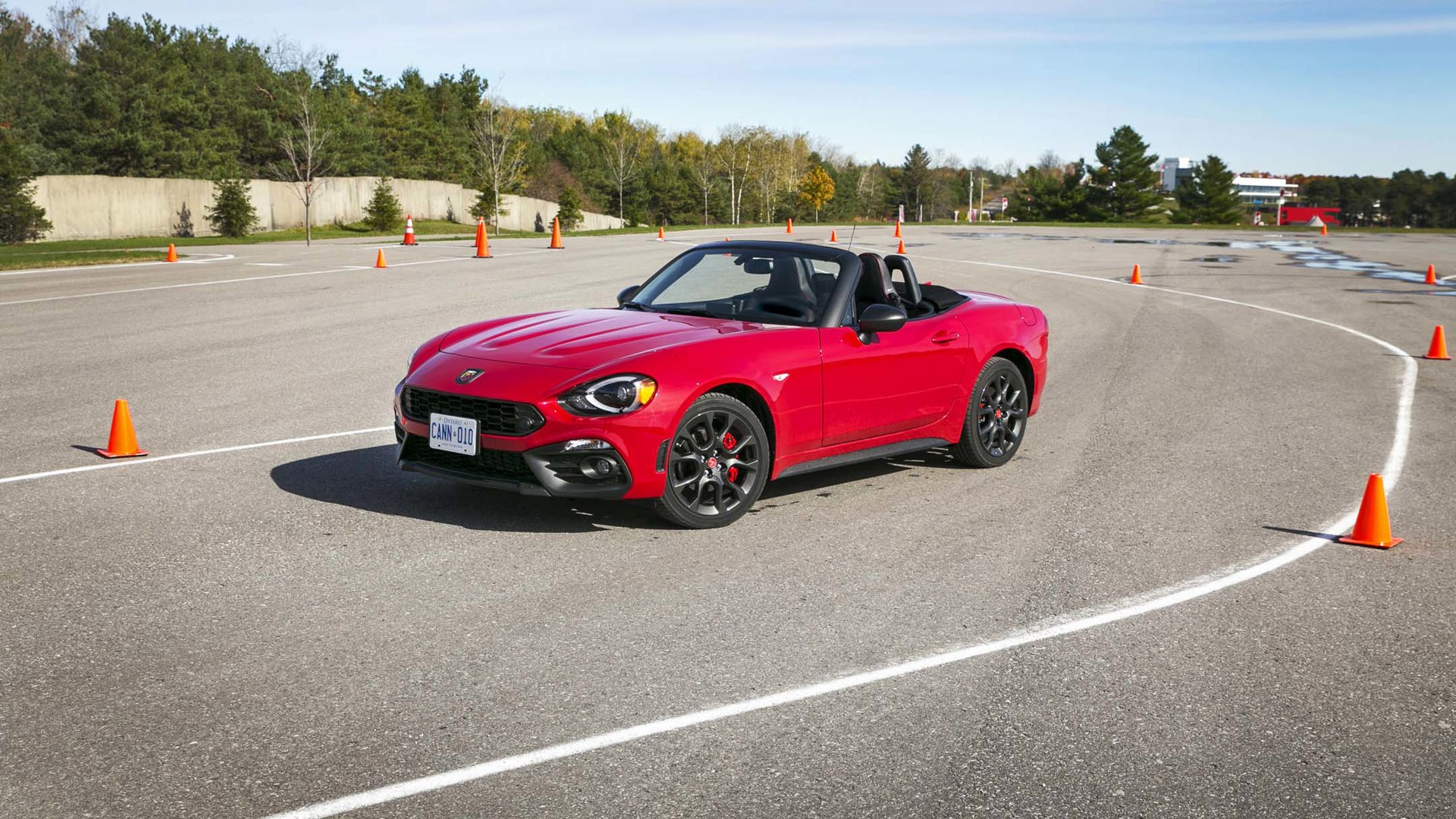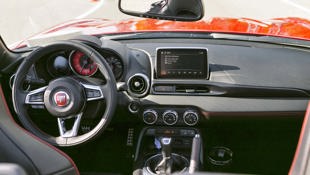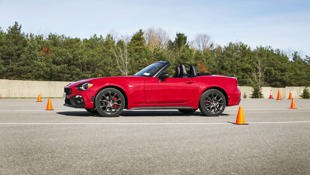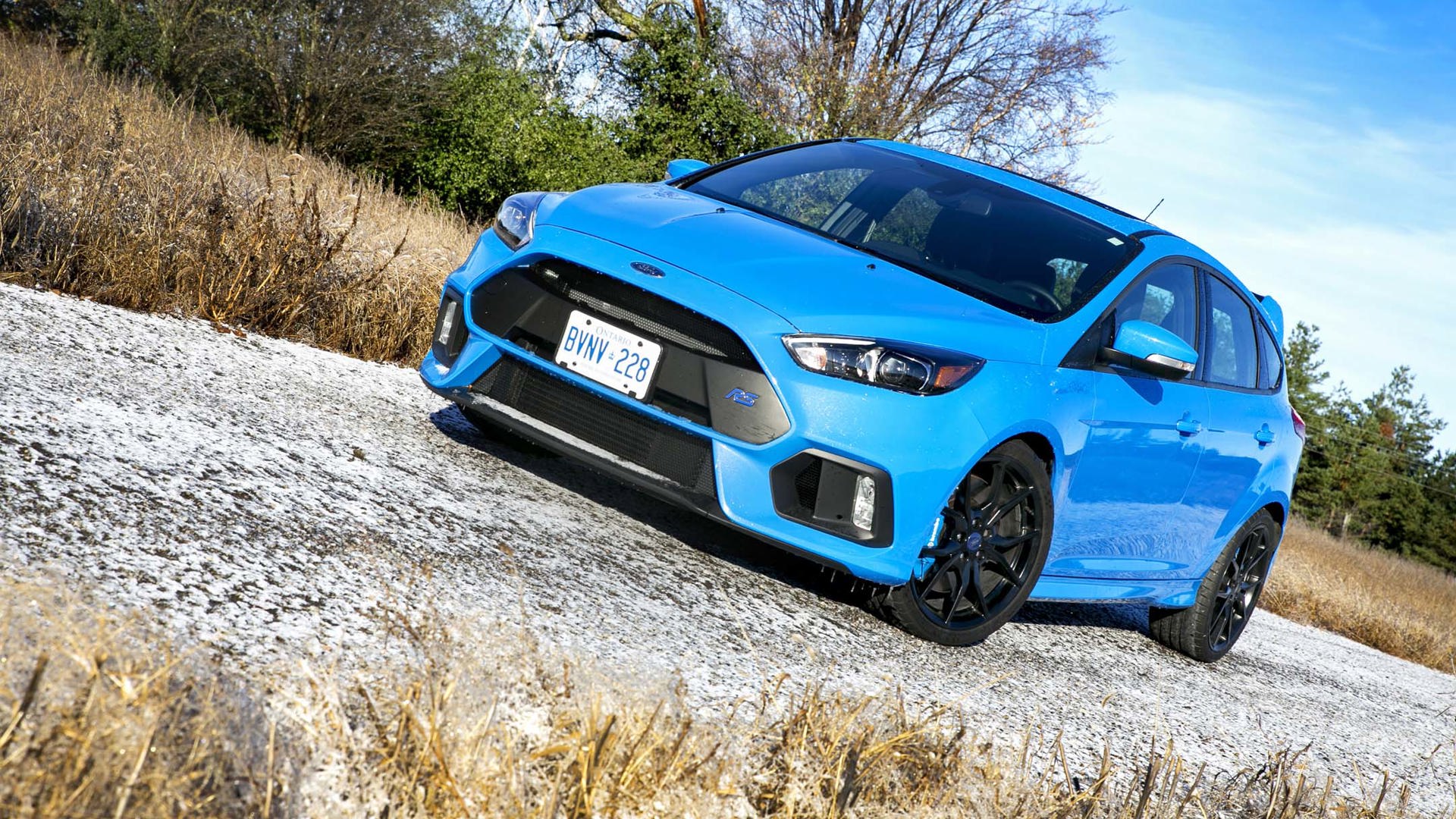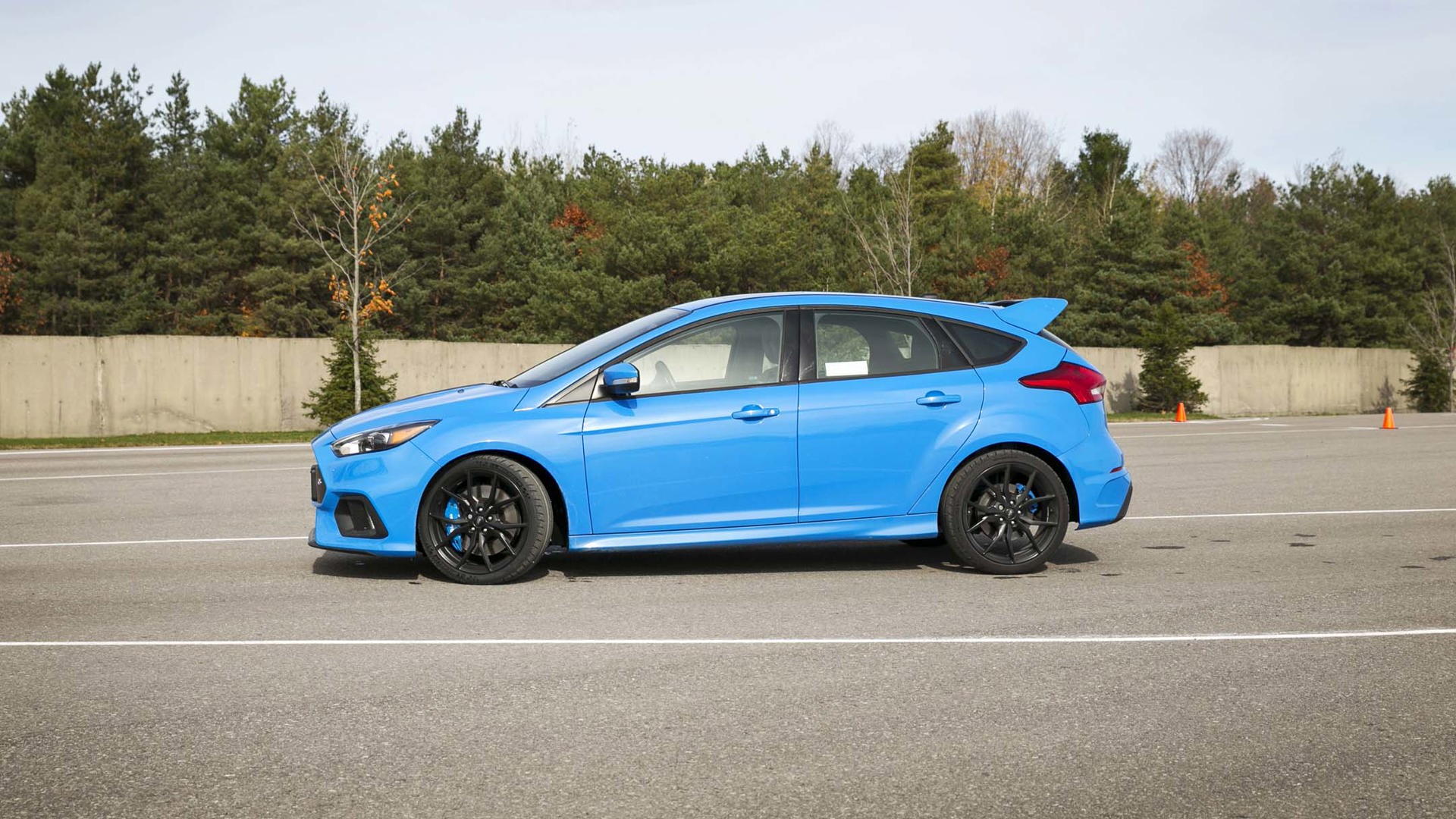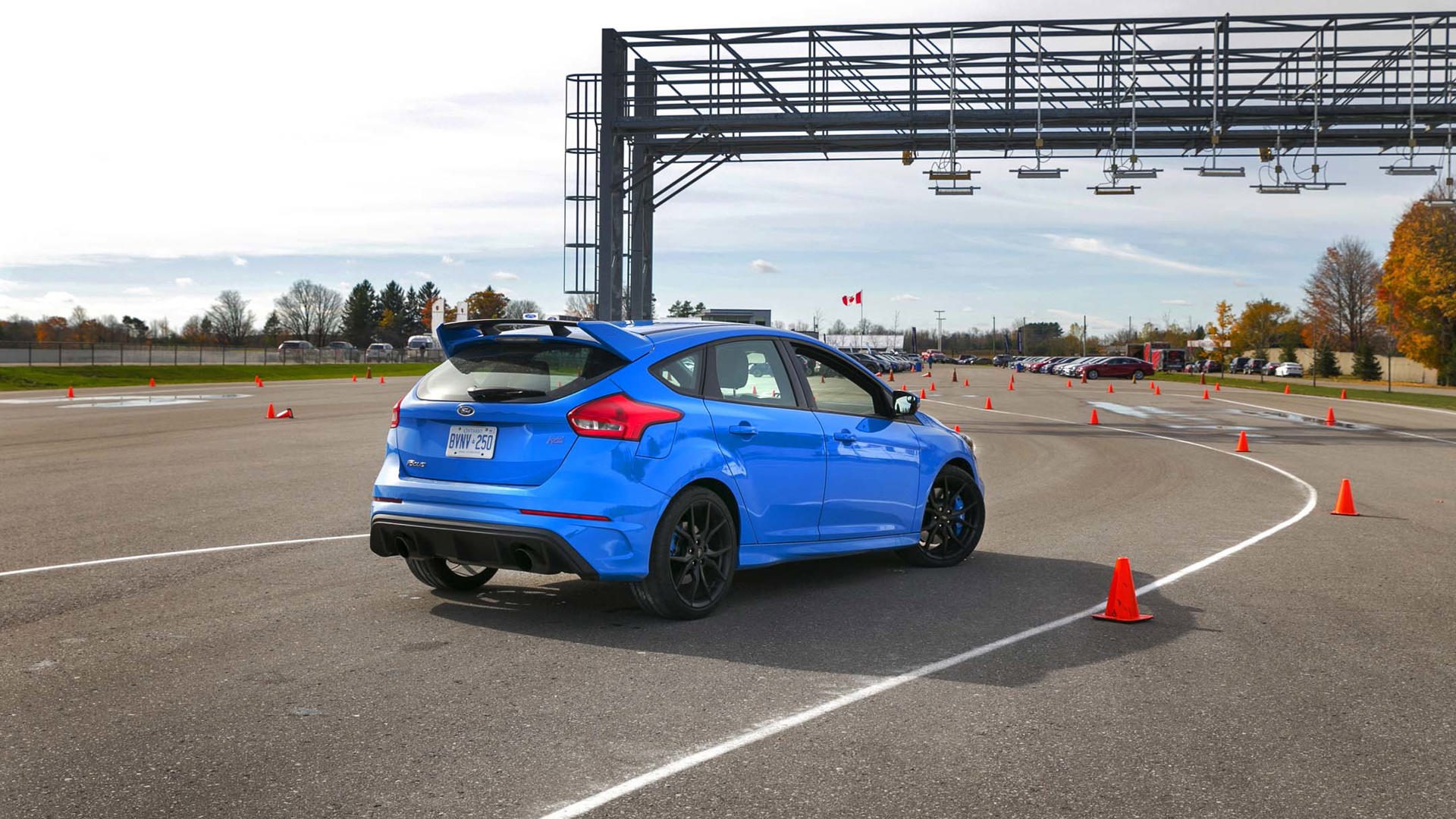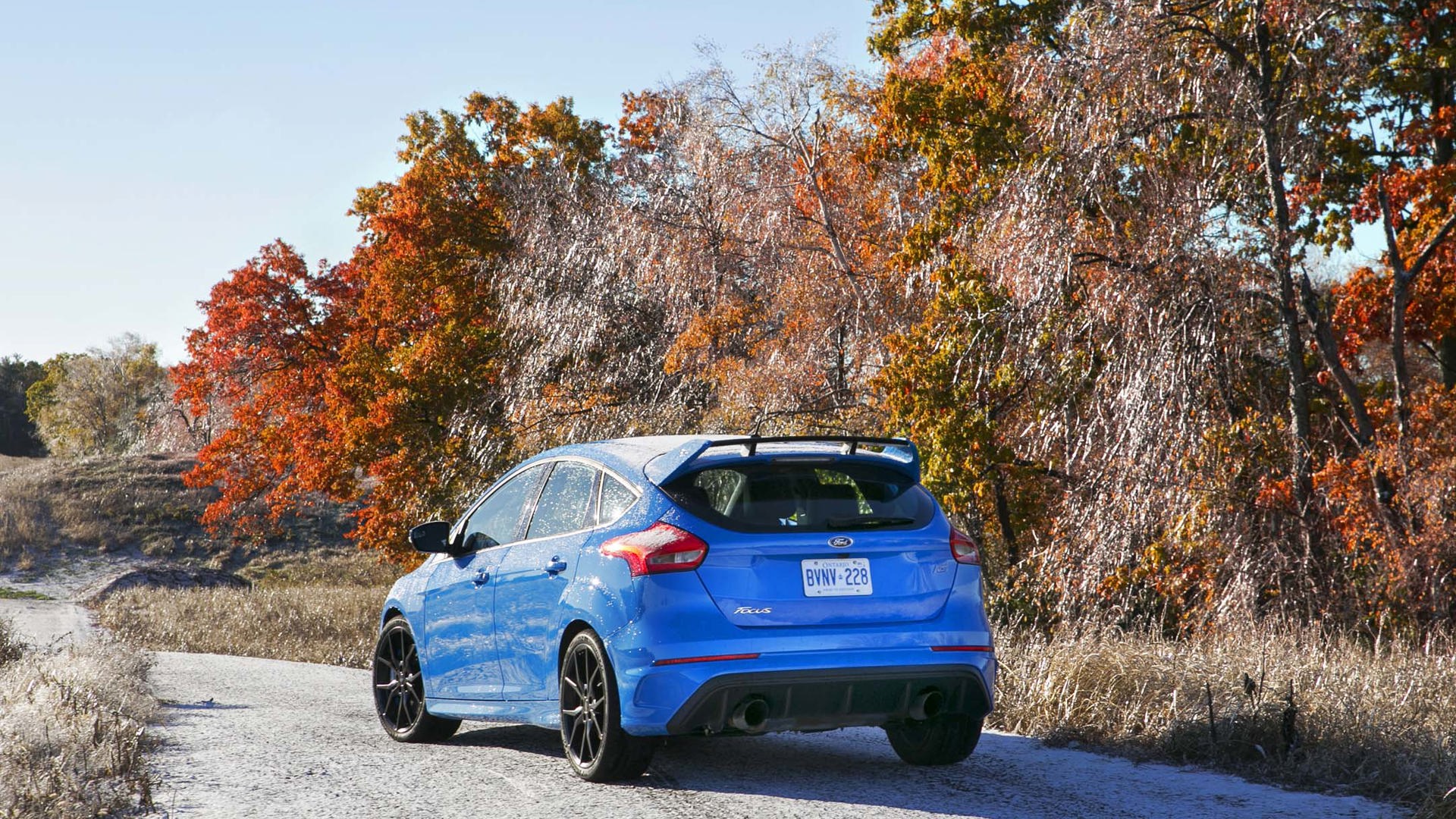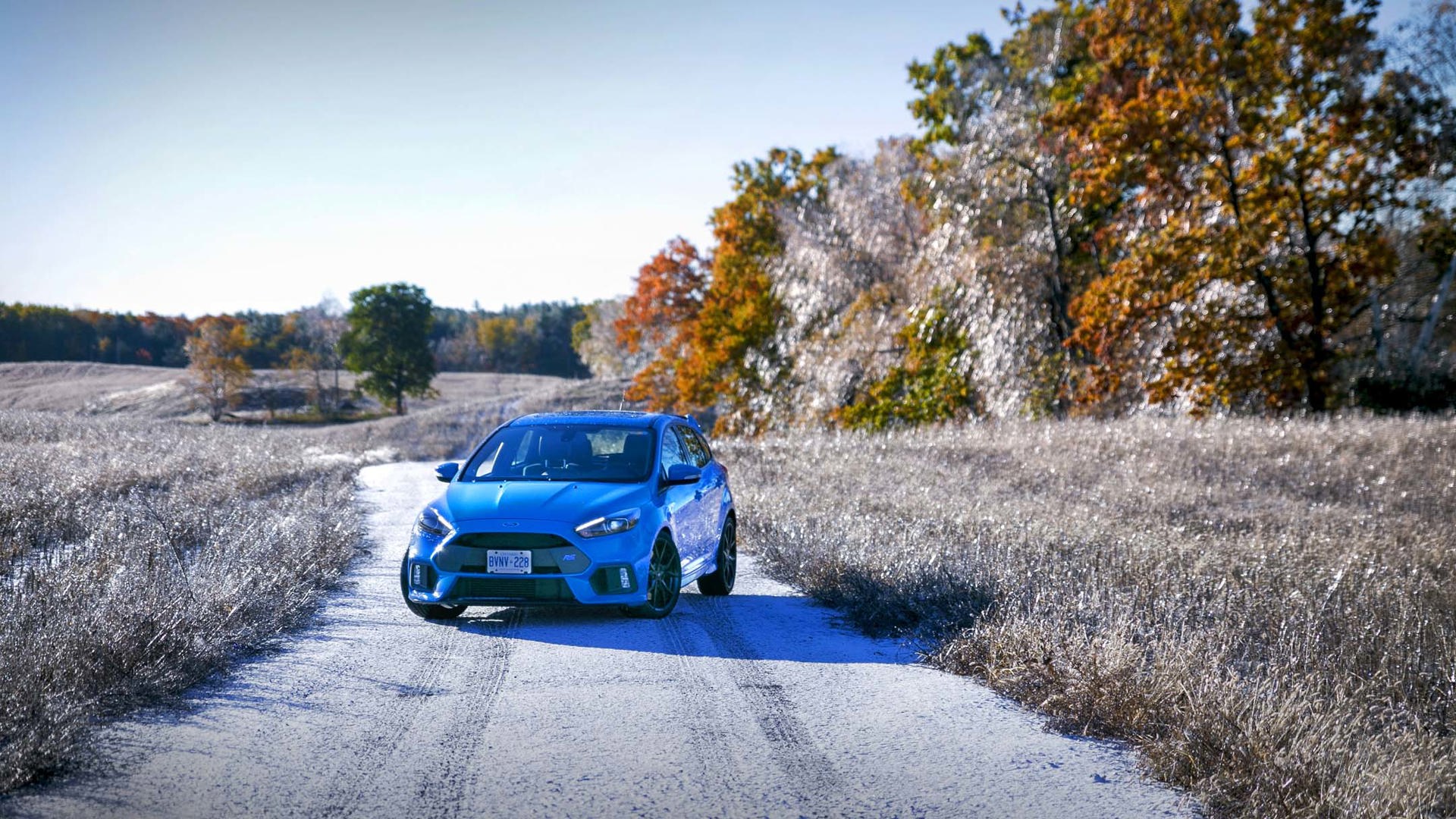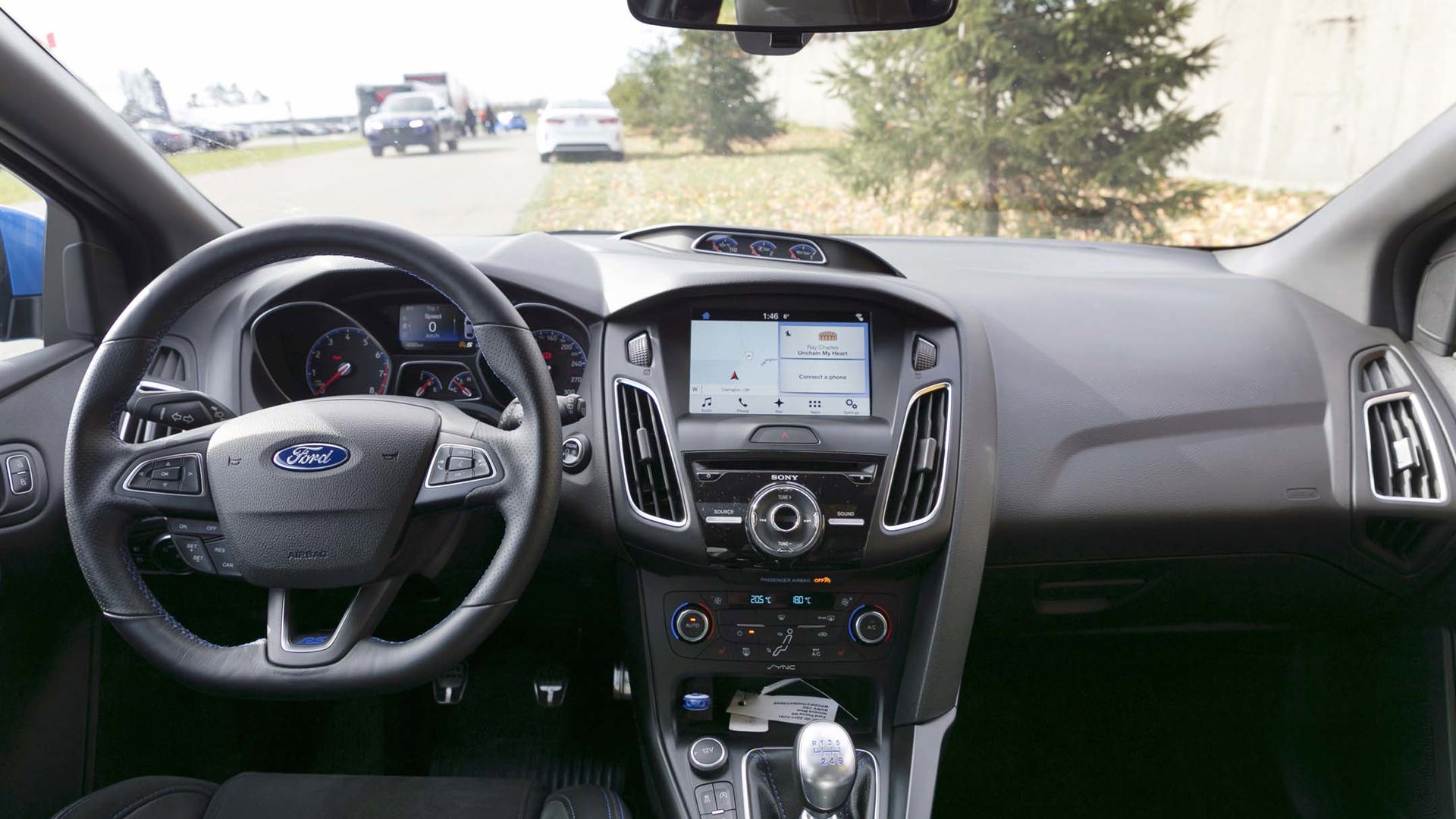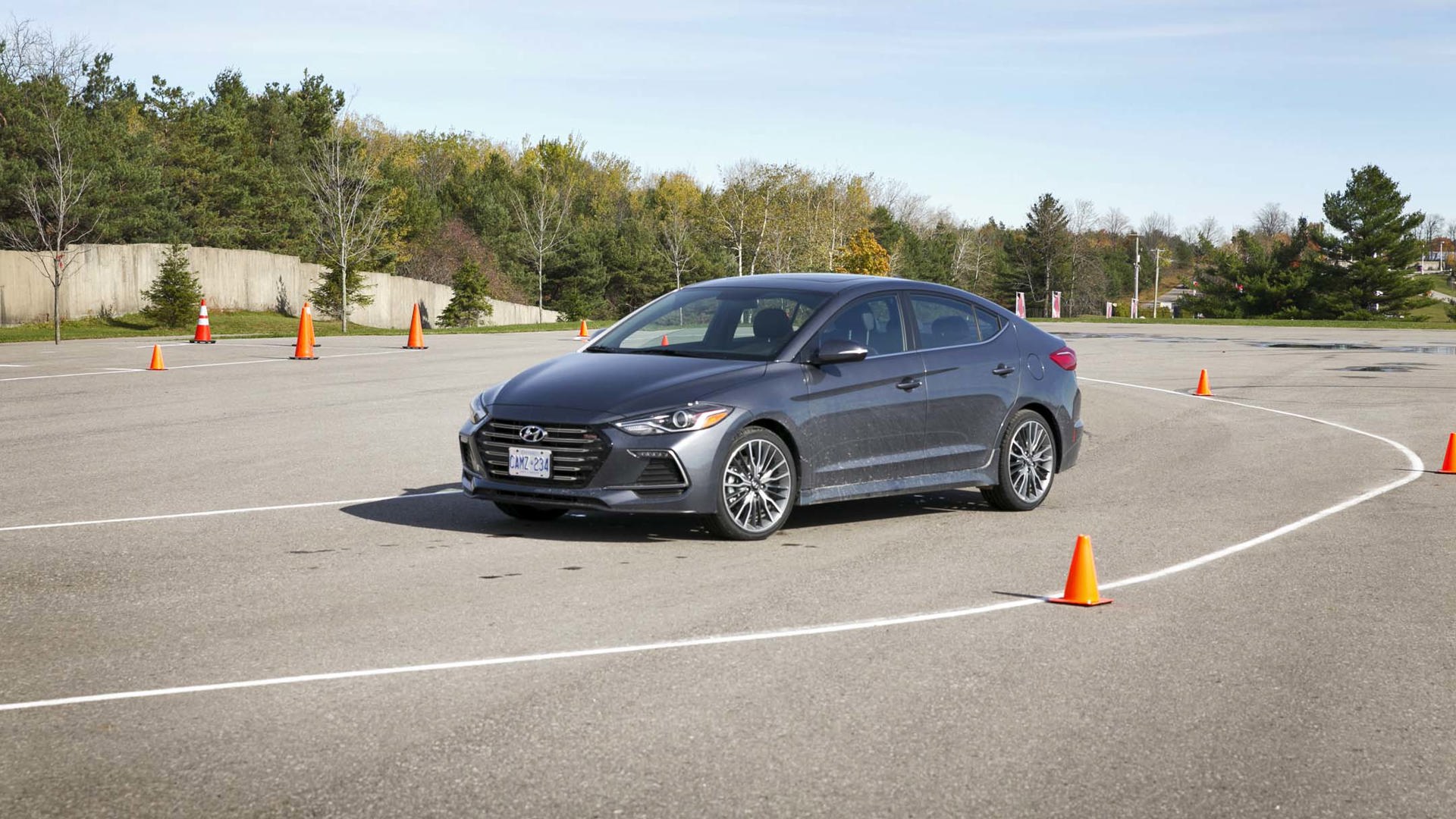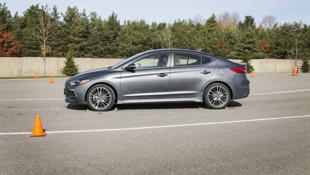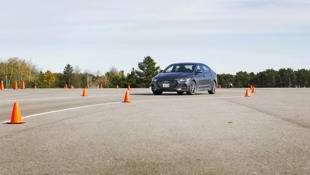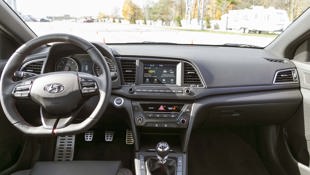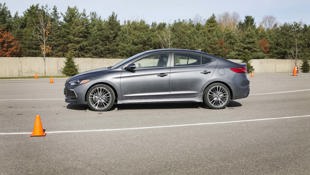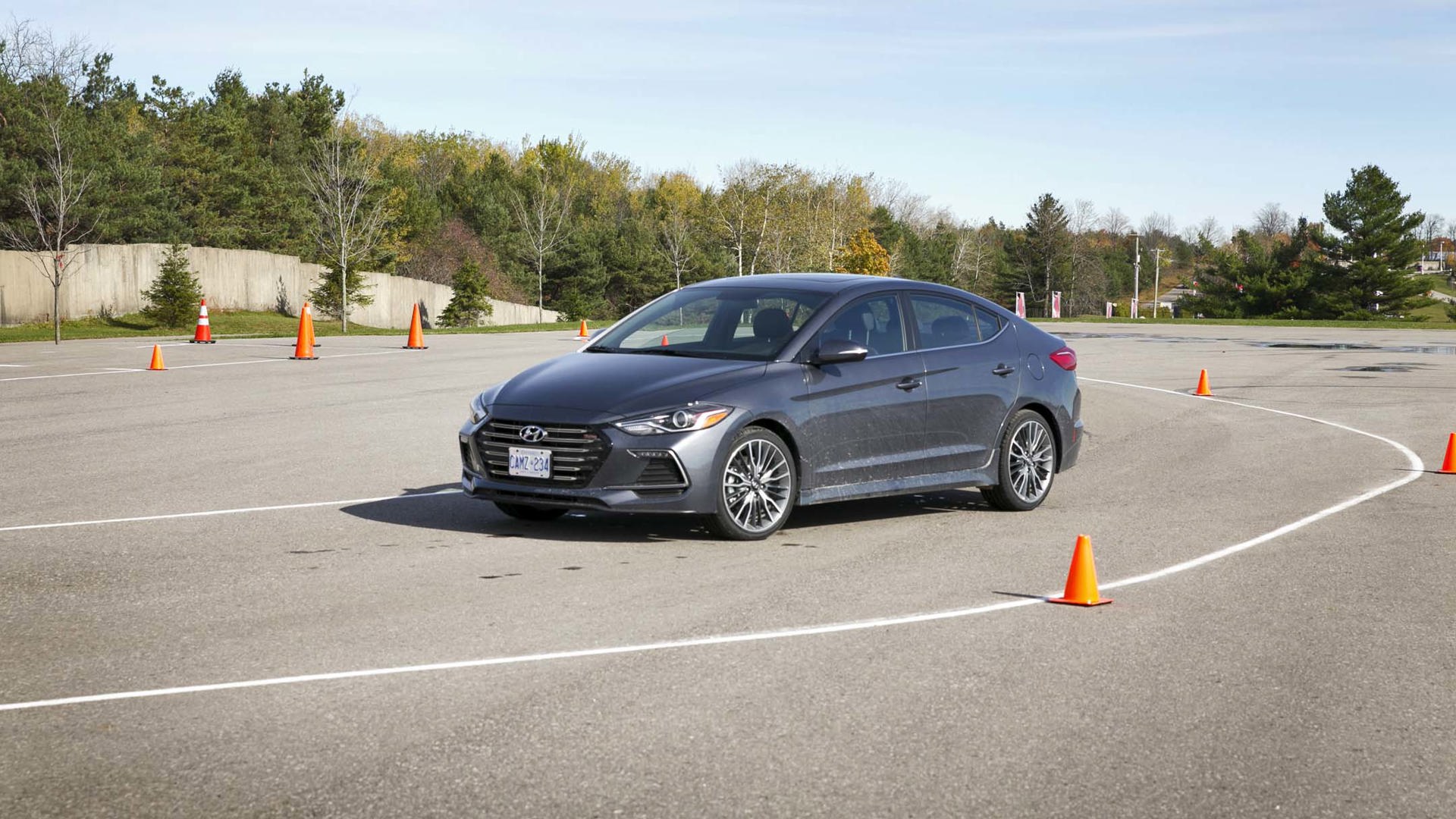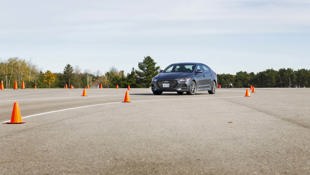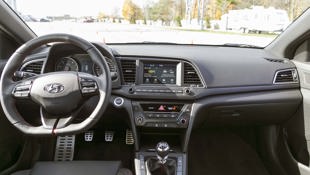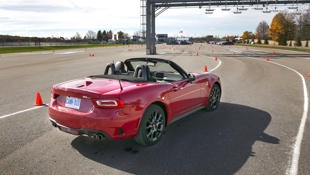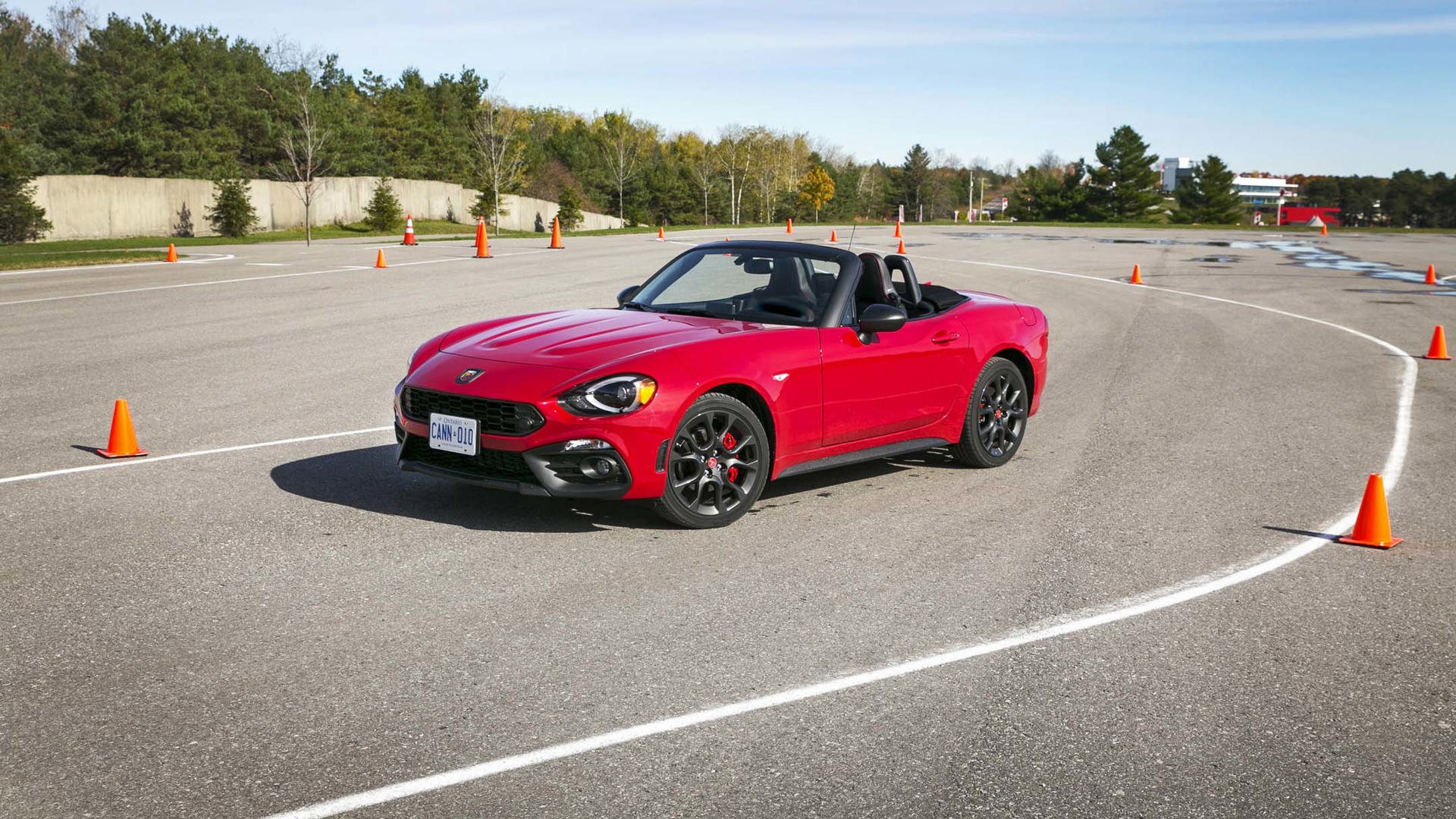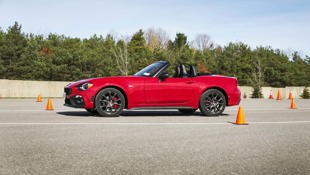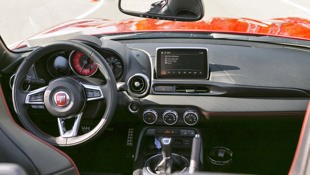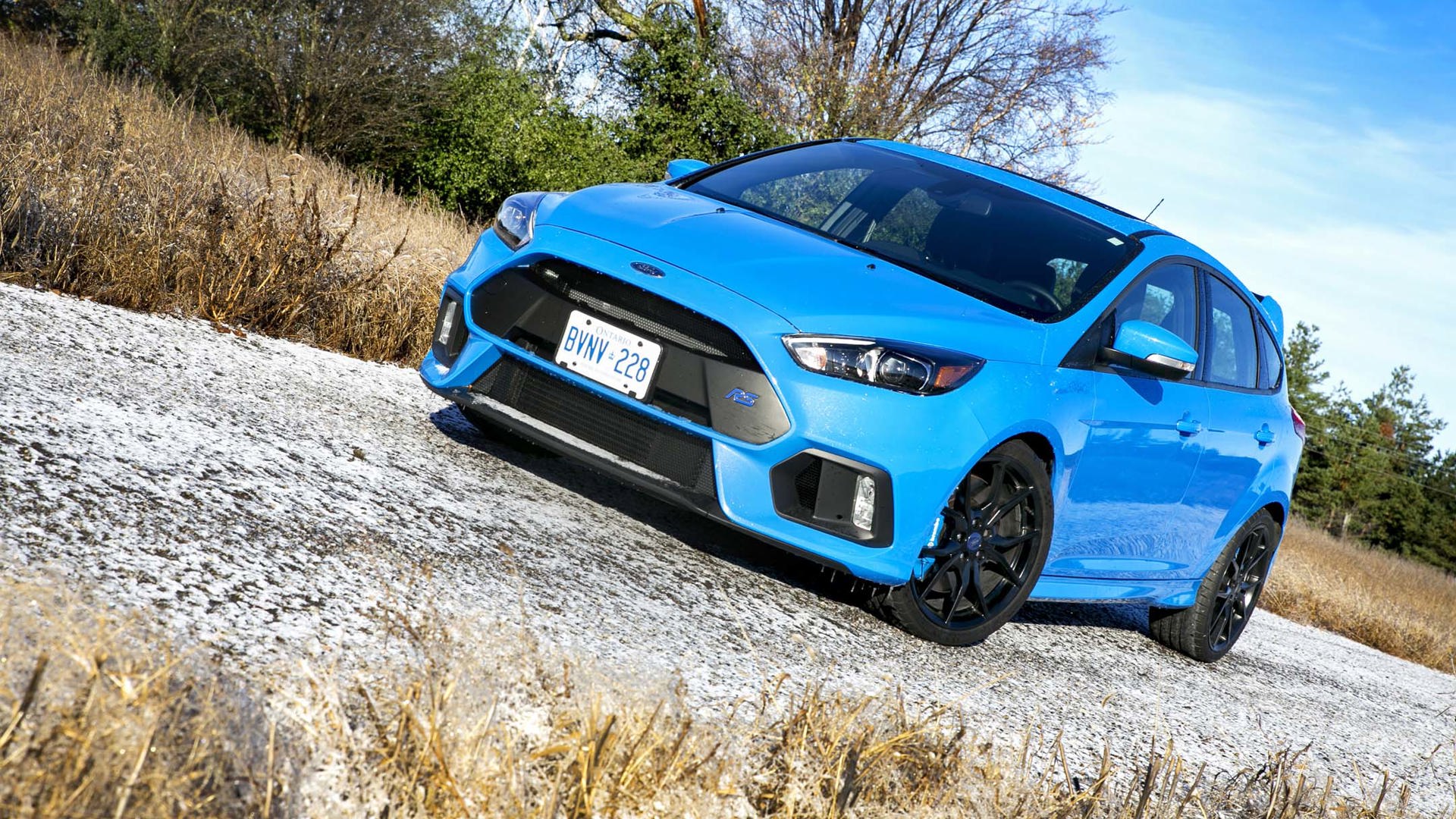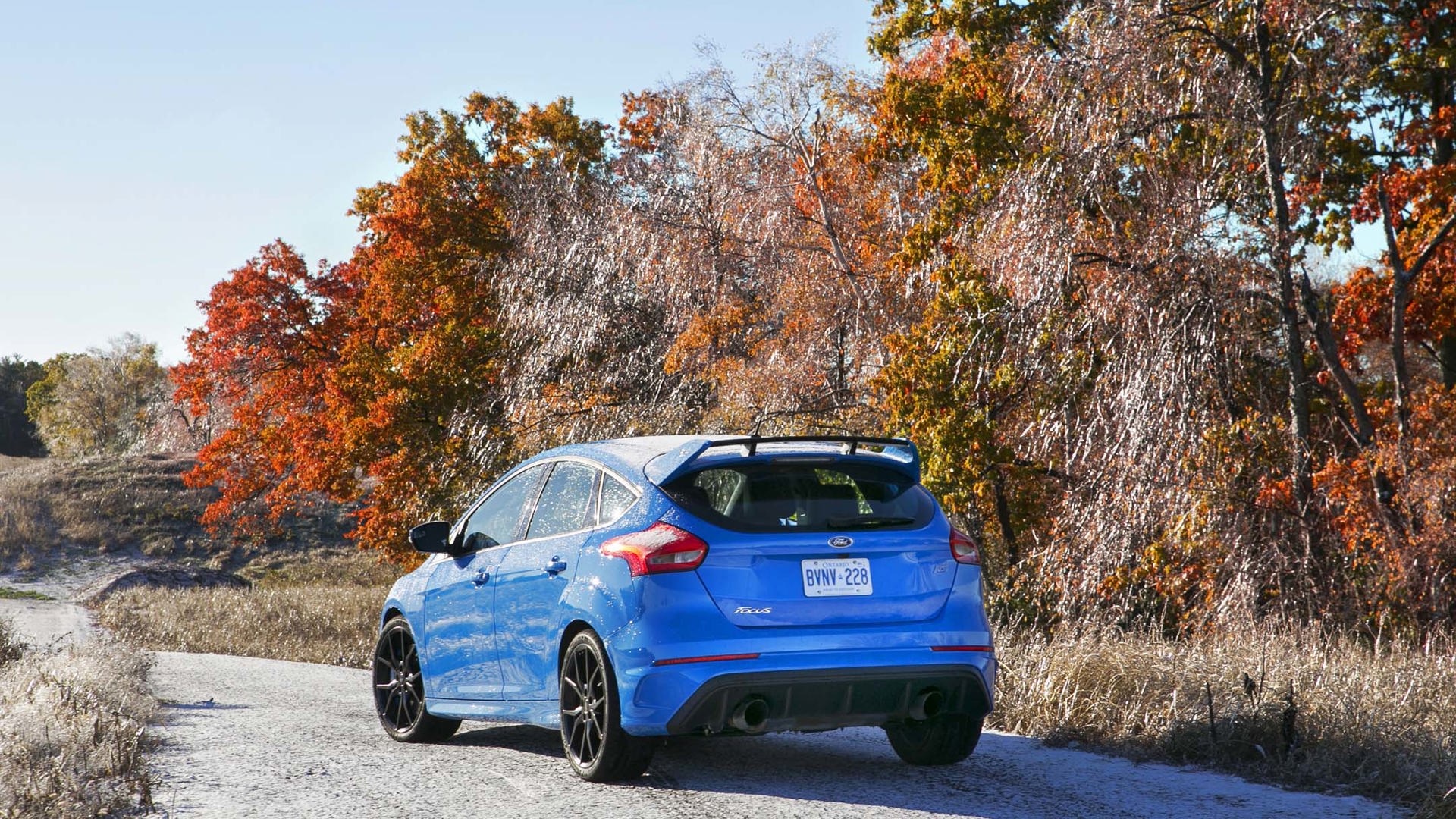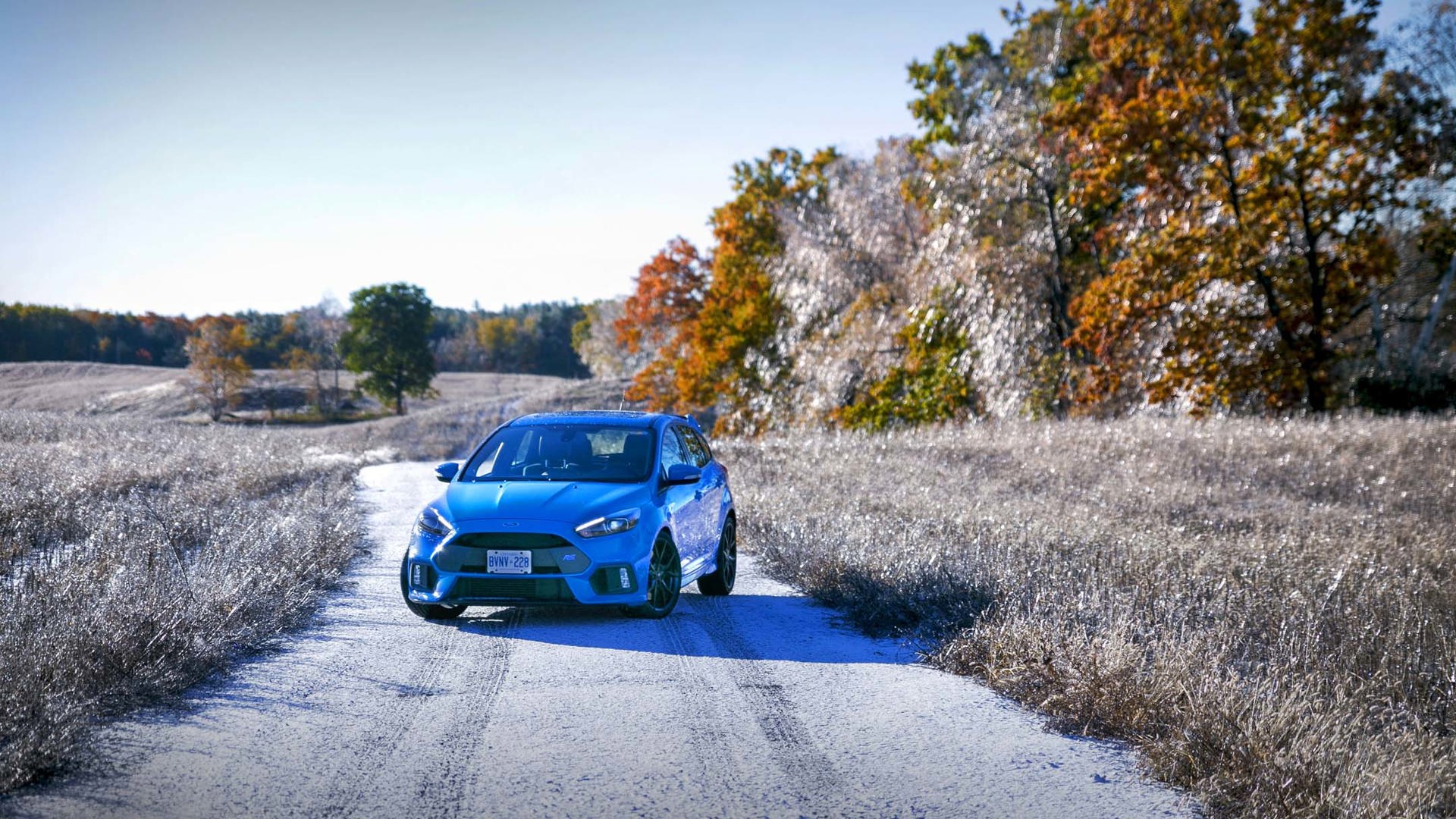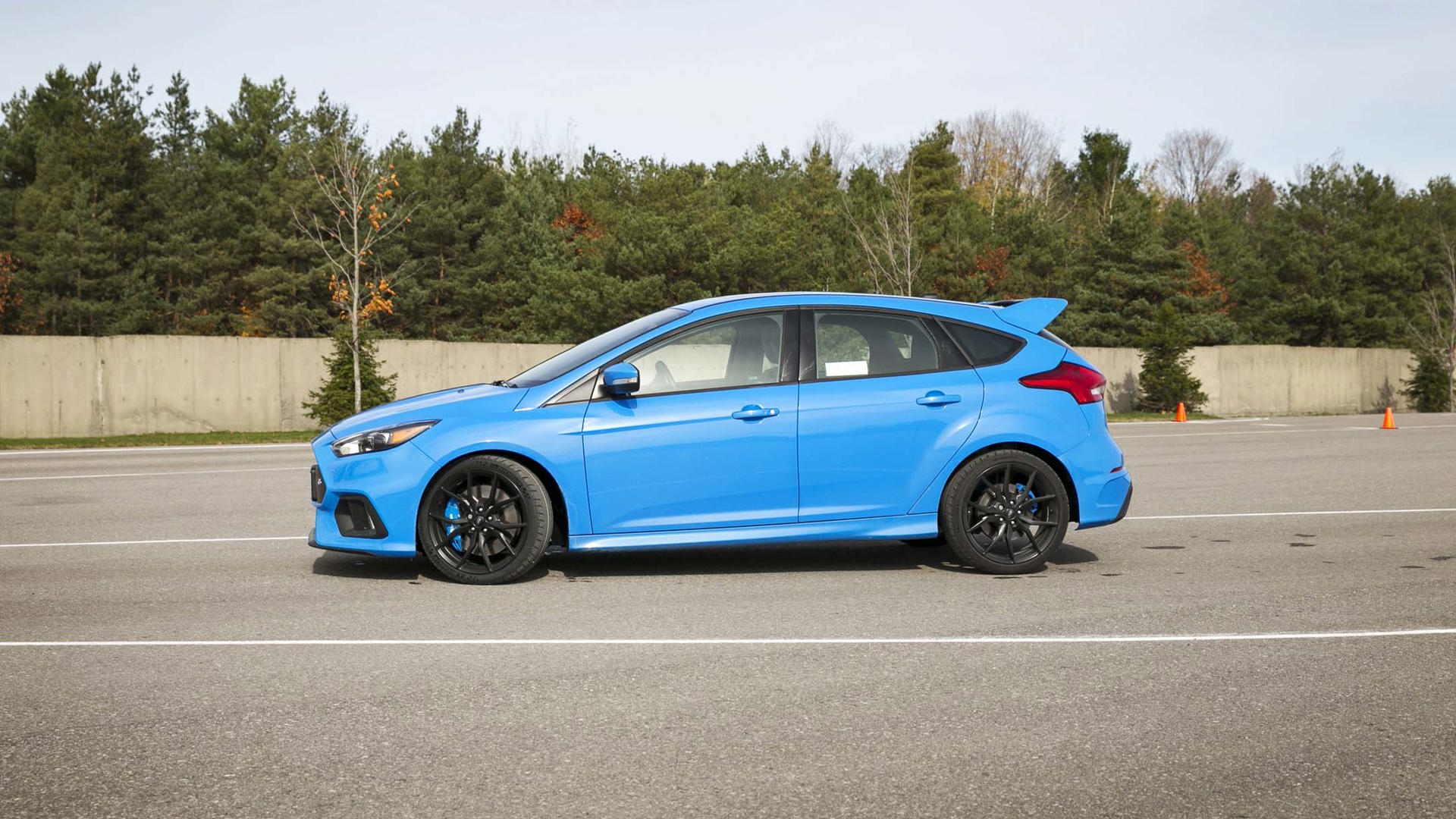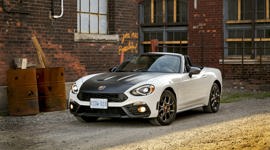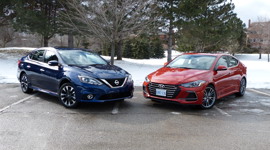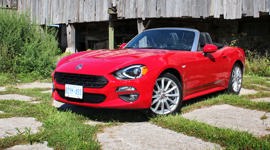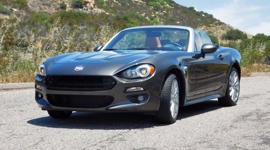One of the most anticipated categories at the Automotive Journalist Association of Canada Car of the Year TestFest was the Sports/Performance Car group. Although an assemblage of only three cars, it’s hard to imagine a more diverse group: one sporty, front-wheel-drive four-door sedan; one rear-wheel-drive, two-seat roadster; and one all-wheel-drive hatchback. The common element: each one of these cars is worth an enthusiast’s consideration. Oh, and one more thing: of all the entries in this year’s Canadian Car of the Year Awards, only these three cars featured honest-to-goodness manual transmissions.
Still, the goal is to determine the best new sports and performance car for 2017 and after spending time in each model on both the road and the track, the very distinct personalities of these machines came to light, and one of these machines has my vote for the best.
2017 Hyundai Elantra Sport ($26,794)
With an as-tested price of $26,794, the Elantra Sport is well-positioned to take the crown in this category simply by virtue of its value. In addition to being barely more than half the cost of its two classmates, this Hyundai acquits itself as a practical and well-rounded option in the mix.
Dimensionally, the Sport resembles its more pedestrian, normally aspirated Elantra siblings (such as the one vying for top billing in the Small Car category this year). There’s a spacious and comfortable interior (2,700 L volume) and a good-sized trunk (407 L). Plus, as is typical practice from Hyundai, the Elantra is well-equipped, with features ranging from leather seats and a heated steering wheel to a 7-inch touchscreen replete with Android Auto and Apple CarPlay.
The Elantra Sport gives up engine displacement in favour of forced induction with a 1.6L turbocharged I4 under its hood. The 201 hp and 195 lb-ft of torque motivate the Hyundai smartly, and the multi-link independent suspension unique to the Sport (plus its beefier stabilizer bars) helps make it competent and fun performer when pressed on the handling course and on the track.
But, despite the components to improve its performance, the Elantra Sport feels like a sensible economy car wearing sneakers when compared to the more overtly sporting machines in this category. With the brake dust settled, the Elantra Sport is a handsome, fun-to-drive choice that represents a lot of value, but it’s not the best Sports/Performance Car for 2017.
2017 Fiat 124 Spider Abarth ($47,690)
More than a few times throughout the week of testing, I caught my peers, with smirks on their faces, referring to this car as the “Fi-ata”, in light of the Italian branding on what’s largely a 2017 Mazda MX-5 (Miata) beneath the skin.
In fairness, while the two tiny roadsters share the same wheelbase and suspension geometry, Fiat has selected different spring rates and dampers, as well as spec’ing their own anti-roll bars. And this being an Abarth-trim 124 Spider, it gets a special “Performance-tuned” suspension setting and a mechanical limited slip differential.
This all results in a lively and nimble handler on the road (just like its Mazda cousin), and a fun, affordable track-toy. The ride is sports-car stiff and with such a short (2,309 mm) wheelbase, the Spider will never be mistaken for a smooth, comfortable highway cruiser, though the ride is not what one would call punishing. Lightweight cars like the 124 (and MX-5 Miata) make for great track-day choices since their featherweight mass ensures consumables like tires and brakes last more than a couple of hot laps.
Fiat has also seen fit to replace Mazda’s rev-happy, normally aspirated 2.0L four cylinder with a tiny 1.4L MultiAir SOHC turbocharged mill. With the Abarth’s freer-flowing, quad-tip exhaust, 164 hp and 184 lb-ft of torque are available. On paper, the extra nine horses and 36 pound-feet suggest that Fiat has answered everyone’s request for more power out of the Miata, especially considering peak torque arrives at 2,500 rpm – more than 2,000 sooner than the Mazda does.
What the numbers-on-page don’t reveal is the peaky and lag-laden nature of the little Fiat engine. Below 2,500 rpm the Fiat is completely asleep and will require its driver to keep the revs up to get that small surge of oomph needed to safely pass slow-moving RVs. Given the amusingly obnoxious noises the Fiat 500 Abarth makes (from essentially the same engine), the 124’s exhaust could be a little more raucous.
With its longer snout and tail, the Fiat has its own distinct look (one that I find less pleasing than the Mazda’s), that helps to contribute to its nearly 50 kg greater mass.
Fiat had an opportunity to take what is arguably one of the most fun and lively sports cars available today, and improve upon that theory. What the 124 Spider actually is, is a different interpretation on the theme. It’s still fantastically fun to drive, but its on-paper performance bump is not translated into real world benefit and as such, doesn’t earn my pick in the Sports/Performance category this year.
2017 Ford Focus RS ($50,664)
By now you’ve surely seen and heard the hoots and hollers of approval from the automotive media and armchair racers alike about Ford’s ridiculous, top-performance Focus. It’s the all-wheel-drive, be-winged obscenity on wheels introduced with the sole intent of hurting the Volkswagen Golf R’s feelings and kicking sand in the face of Subaru STIs.
Until testing began for the Canadian Car of the Year Awards, I had yet to drive the RS, but (as a Subaru-driver whose brother has a new Golf R) I was a little skeptical of the accolades heaped on this machine to say the least. The way I saw it, if I’m going to spend 50-large on a performance Ford, it better have a noisy V8 and a horsey badge on the grille.
Then I drove the RS. Three times, in fact, over two days. I drove it on the country roads. I drove it on the freeway. I drove it on the closed autocross handling course. I drove it on the race track. Twice, just to be sure I wasn’t dreaming the first time. And now I want to drive it some more – lots more.
The Focus RS’s power is highly addictive – 350 turbocharged ponies in a small, all-wheel-drive hatchback will do that to an enthusiast I guess. Having 350 lb-ft of torque is great too, especially on the track where it means focusing less on shifting gears and more on perfecting line placement through corners and muscling out at speed using the prodigious grip afforded by all-wheel drive and very sticky tires.
Ford’s new hottest hatch still has a backseat that will accommodate a couple of grown-ups (though they’d probably feel silly in a bright blue car with such a huge spoiler). It can still accommodate a lot of stuff from Costco under the hatch. And it’s got a great stereo, navigation, heated seats and steering wheel, and other niceties appropriate for a car of its price. Plus, with a set of winter tires (that are actually standard from Ford with every RS purchase in Canada), it’s suitable for all-weather duty.
The Focus RS is expensive to buy and expensive to run (it emptied its fuel tank at an alarming rate when driven hard, and those Michelin Cup 2 track tires wear out fast!). The clutch and shifter aren’t the best I’ve experienced (long throws and somewhat imprecise feel). Its Recaro front seats are either brilliant if you fit, or miserable if you don’t, and the car looks like something only a rebellious teenager would drive. But despite those nitpicks, the Focus RS was the only car at this year’s event that cost less than $100,000 that I simply could not get enough of. That’s exactly what a Sports/Performance Car is supposed to do and is why it’s my pick of these three entries this year.
Alternatives
There are two other machines worth mentioning here that weren’t entered into this year’s Canadian Car of the Year Awards testing. The first is last year’s Sports/ Performance Car category winner: the 2016 Volkswagen Golf R. Like my top pick for this year – the Ford Focus RS – the Golf R is based on a pedestrian, economy car hatchback that has been both struck by lightning and fallen into a vat of radioactive goo, resulting in a monstrously fun performance car.
The Golf R is more subtly styled, more luxurious and more refined than the Focus RS, but it is nowhere near as raw or engaging when driven at or near its limits. For those who don’t live at a race track, the Volkswagen would make the better everyday car and save money for both the purchase price and fuel.
With the death of the Scion brand, the beloved FR-S sports coupe has been reborn as the Toyota 86 for 2017. Along with its twin from Subaru (the BRZ), the 86 has undergone enough updates to qualify as a new machine for 2017. The engine mapping has changed to see a slight increase in both torque and horsepower, and further fine-tuning throughout the suspension has resulted in even better handling than the outgoing model (which was itself known for its great handling). For those who believe a proper Sports/Performance Car is defined by balance, lightness and handling (not to mention a great stick shift and rear-wheel-drive powertrain) instead of outright power or lap times, the 86/BRZ pair is tough to beat. Plus, being very well equipped at less than $30,000, they each represent an impressive value as well.
Category winners for the 2017 Canadian Car of the Year – including the Sports/Performance group – will be announced next month.
By the numbers
|
Model |
As-tested price |
Horsepower (hp @ rpm) |
Torque (lb-ft @ rpm) |
Transmission |
Fuel economy (L/100 km, cty/hwy/cmb) |
|---|---|---|---|---|---|
|
Fiat 124 Spider |
$47,690 |
164 @ 5,500 |
184 @ 3,200 / 2,500 (Sport mode) |
6MT |
9.0/6.7/7.9 |
|
Ford Focus RS |
$50,664 |
350 @ 6,000 |
350 @ 3,200 |
6MT |
12.2/9.4/10.9 |
|
Hyundai Elantra Sport |
$26,794 |
201 @ 6,000 |
195 @ 1,500–4,500 |
6MT |
10.7/7.8/9.4* |
|
*EPA figures; NRCan fuel consumption rating not yet available |
|||||
